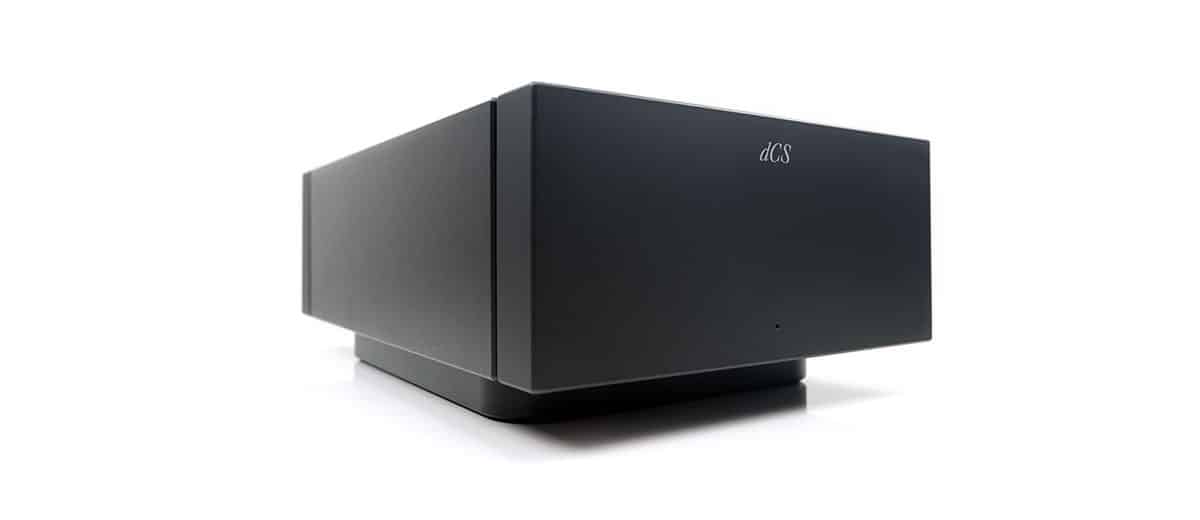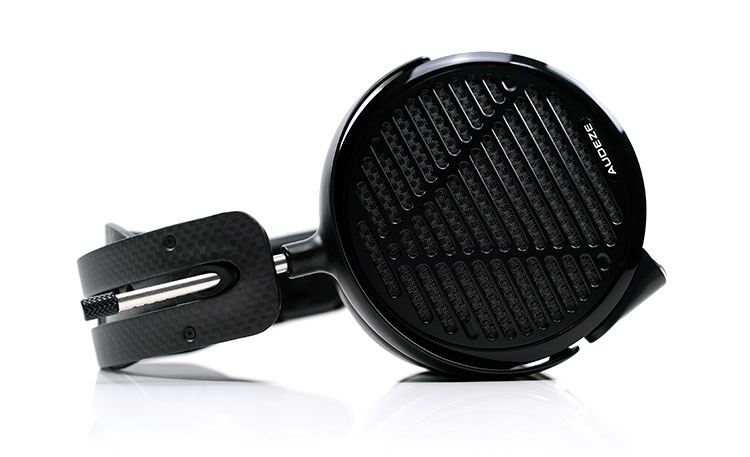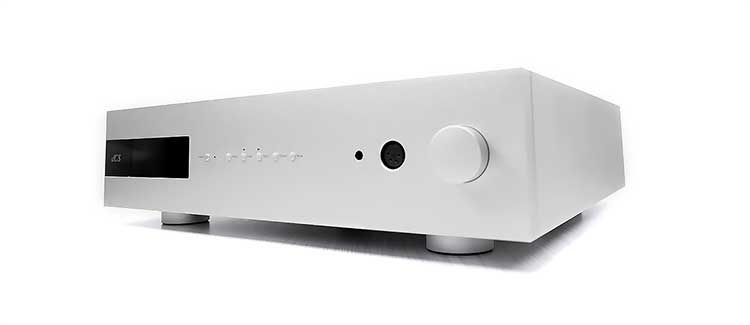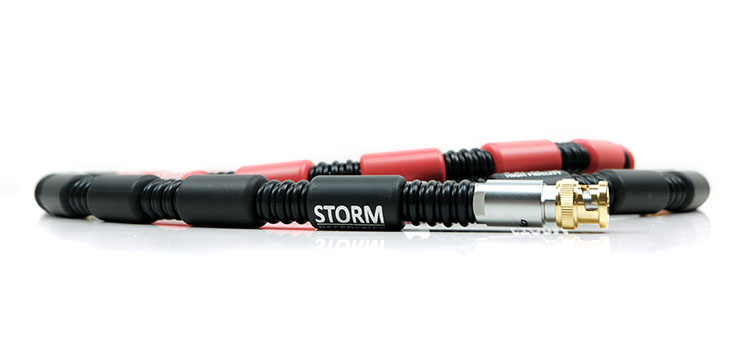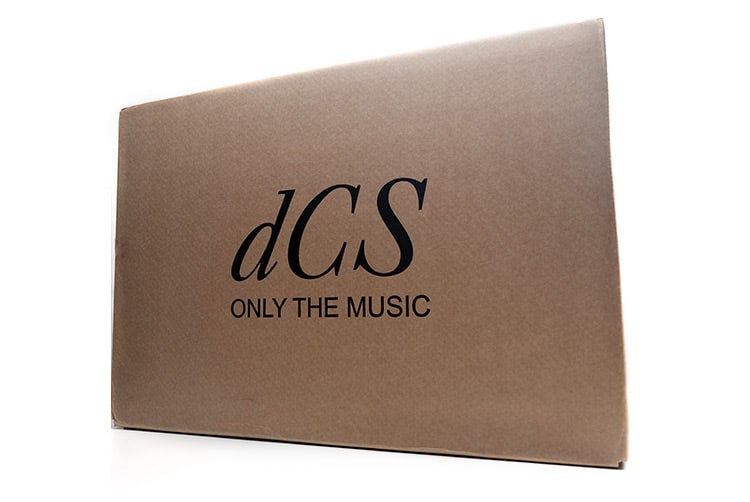Performance Impressions
Summary
How best to describe the Lina Master Clock effect on the Lina Network DAC and Lina amplifier performance?
Dynamics is probably the first thing I would refer to. Everything sounds punchier and more incisive like shining a light or a magnifying glass on both the detail and the pace at which that detail appears and disappears.
It’s kind of like the difference between the bounce of a taut and fresh tennis ball compared to a slightly deflated or overly used version of the same ball. The bounce is softer, and flatter with the old ball coming back to you at a much slower pace.
The second Lina Master Clock knock-on effect is the improvement in the complexity of the soundstage performance. A benefit that sort of rolls on naturally from the first analogy.
Whatever size of the respective staging performance from your headphones, you are going to hear an improvement in the imaging depth and articulation. It makes for a very immersive and energetic presentation from the Lina Network DAC.
Reference Points
For example, using the Lina Network DAC alone with the Lina Amplifier and paired with the HD800 you get a comparatively flatter performance.
Moving to the Master Clock enhanced the bass dynamics, introduced better clarity in vocal mixes, and transformed the soundstage into a much more complex and deeper sounding experience.
It is not just naturally spacious headphones like the HD800 that become more vivid and holographic sounding with the Lina Master Clock. More intimate headphones such as the Audeze LCD-5 show off some impressive improvements in instrumental separation, especially within the bass layering.
Vocal imaging will capture your attention as always with the LCD-5. However, the Master Clock makes it much easier for the more rounded Audeze LCD-5 staging performance to pick out the background spatial cues and vocal mixes, especially if there is multiple vocal layering added to the audio track.
Where you also might find bias is just how strong the fundamental becomes when combined with the Master Clock which seems to amplify the sub-bass presence and veracity of the mid-bass punch from both headphones using the Lina Amplifier. More so than paired with the DAC alone which seems a bit flat in comparison, (see tennis ball analogy above).
Better high-frequency reproduction seems to add a bit more sparkle and headroom to our headphone pairings as well. Overall, an impressive lift in both the LCD-5 and HD800’s dynamic range from the Lina DAC and Master clock combo compared to the Network DAC alone.
Synergy
All impressions were completed with the Abyss headphones Diana TC combined using USB and FLAC tracks ranging from 16BIT/44.1kHz to 24BIT/192k.
dCS Lina Bartok
So, for this pairing, we retained the stock BNC cables that came with the Lina Master Clock and simply switched the clock over to the Bartok via the dual BNC Clock in ports on the rear.
The beauty of this pairing is that since the menu already accommodates a World Clock function the Bartok will be immediately compatible with the Clock and, with the same menu-based user options of either Auto, W1, or W2.
Performance-wise no doubt the Lina Master Clock gives the Bartok performance a bit of a lift. However, it does not seem to target the exact same areas as it did with the Lina Network DAC and headphone amplifier.
Midrange Lift
With the latter, you felt a palpable increase in low-end energy and impact first and foremost. With the Bartok, it’s the solidity of the midrange, vocals, and high-frequency presence that improves or becomes more influential.
I have heard the term relaxed or polite being bandied about with the Bartok sound signature and though I feel that is far from the case on the lows, with the Lina Master Clock it does become debatable with vocal performances.
On its own, the Bartok sounds a little softer with vocals sounding ‘smaller’ and less vivid for want of a better phrase. With the Lina Master Clock attached, they sound texturally richer but not warmer. It’s as if an additional harmonic layer just dropped in fattening the note and adding just a hint of shine on top creating a sweeter performance.
Stereo Width
The stereo field and where the imaging cues are positioned also have a transformation similar to the Lina Network DAC and amplifier combo when combined with the Lina Master Clock. I go back again to backing vocals which is usually the first noticeable change I detect with the Clock.
Without the Clock, you can hear them but they are a few feet further back and less distinct in their delivery. With the Lina Master Clock, they stretch out wider and become richer in their tone much like the lead vocal coloration. If there are multiple layers of backing vocals you can distinctly pick out that layered mix in very fine detail.
This type of change, one where the fullness of the soundstage gets tested works so much better with the Clock and pairings like the Susvara where staging excellence is important. However, for imaging accuracy and articulation, it’s very noticeable with smaller staging qualities from the likes of the Diana TC.
BNC Cable Upgrades
We thought we would try a set of Wave High Fidelity Storm Premium BNC cables over the stock Lina Master Clock versions. These are the same ones that we originally used with the M Scaler and Hugo TT2 reviews and they are a huge upgrade on the stock Chord BNC cables.
Now, these are beautiful-looking cables but they are huge compared to the stock Lina Master clock BNC pair. Most of the bulk will come via the additional sleeving and insulation as well as each cable being designed with 20 ferrites couplers. The ferrite beads inside basically act as a low-pass filter to reduce high-frequency noise.
The 20 ferrite rings are also a bit different from the clip-on versions you buy off the shelf. Off the shelf will have a level of looseness to them that attenuates their effectiveness and may well have an incorrect frequency focus. Not every ferrite bead has the same targeted frequency function, for example, high-Q (aka resonant) beads, and low-Q (aka non-resonant) beads.
Technical
The Storm uses a 5N (99.999%), pure solid silver conductor with a foil screen incorporated for high-frequency shielding together with a silver-plated mesh screen. Wave claims that this design will result in a true 75Ω performance which is the standard digital protocol to avoid signal reflections and signal distortion.
Both ends of the Storm Reference are terminated with silver soldered Oyaide SLB BNC connectors which will run you around $100 to $150 a pair alone at retail. The SLBs have a split finish with a 4N sterling silver center pin and a CNC machined brass 24K gold plated outer shell. All 4 connectors use PTFE shielding.
Performance
There is a definite perceived difference when swapping out the stock for the Storm cable though the overall tonal balance is relatively unchanged. Rather the technical domain gets a boost with the entire delivery sounding clearer, more accurate in imaging, and slightly more vivid sounding also.
I suspect the dynamic range levels have gone up slightly with the bass snap sounding tighter in terms of loud to soft with notes tightening up in terms of decay also. The stock BNC cable sound is marginally softer with instrumental separation less distinct also.
That creates a stronger perception of space with a much blacker background. The acoustical arrangement within each audio track might seem to also draw you in a little closer in terms of immersion whereas with the stock cables, they place you just a shade further back.
The stage isn’t getting smaller, rather it’s just a lot more dynamic or explosive in its presentation. It is a very impressive transformation and most likely I will just leave these cables permanently attached to the Lina Master Clock.
Our Verdict
The dCS Lina Master Clock is one of those products that at first you think it’s something akin to having a chocolate dessert after your dinner. A tasty way to finish off your system but not wholly necessary.
However, whilst it is a standalone option, I would argue it’s more like a quality steak sauce giving a bit of ‘sizzle’ to an already succulent piece of meat. It feels essential to me after testing it and boy does it make a huge difference in the performance of the Lina Network DAC when combined with the Lina amplifier.
Bartok owners should read with interest also. It tightens up that stock performance considerably, breathing life into those mids and highs and fleshing everything out quite beautifully. If a Rossini Clock is out of your budget then the Lina Master Clock will give you something quite special for less money.
dCS Lina Master Clock Specifications
- Product Dimensions / Weight: 121.5mm (H) x 220mm (W) x 339mm (D) / 7kg
- Startup Time: Typically 10 minutes to rate accuracy
- Clock Accuracy: Better than +/-1 ppm when shipped over an ambient temperature range of +5°C to +45°C
- Word Clock Outputs
- 2 x independently buffered TTL-compatible output on 75Ω BNC connectors
- Output 1: fixed at 44.1kHz
- Output 2: fixed at 48kHz

